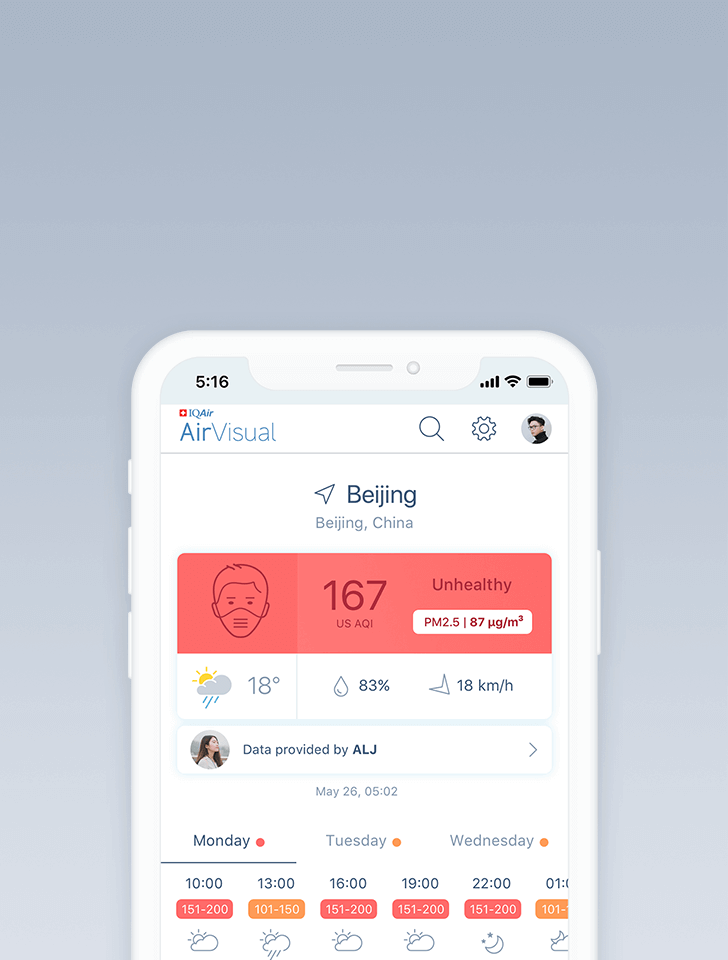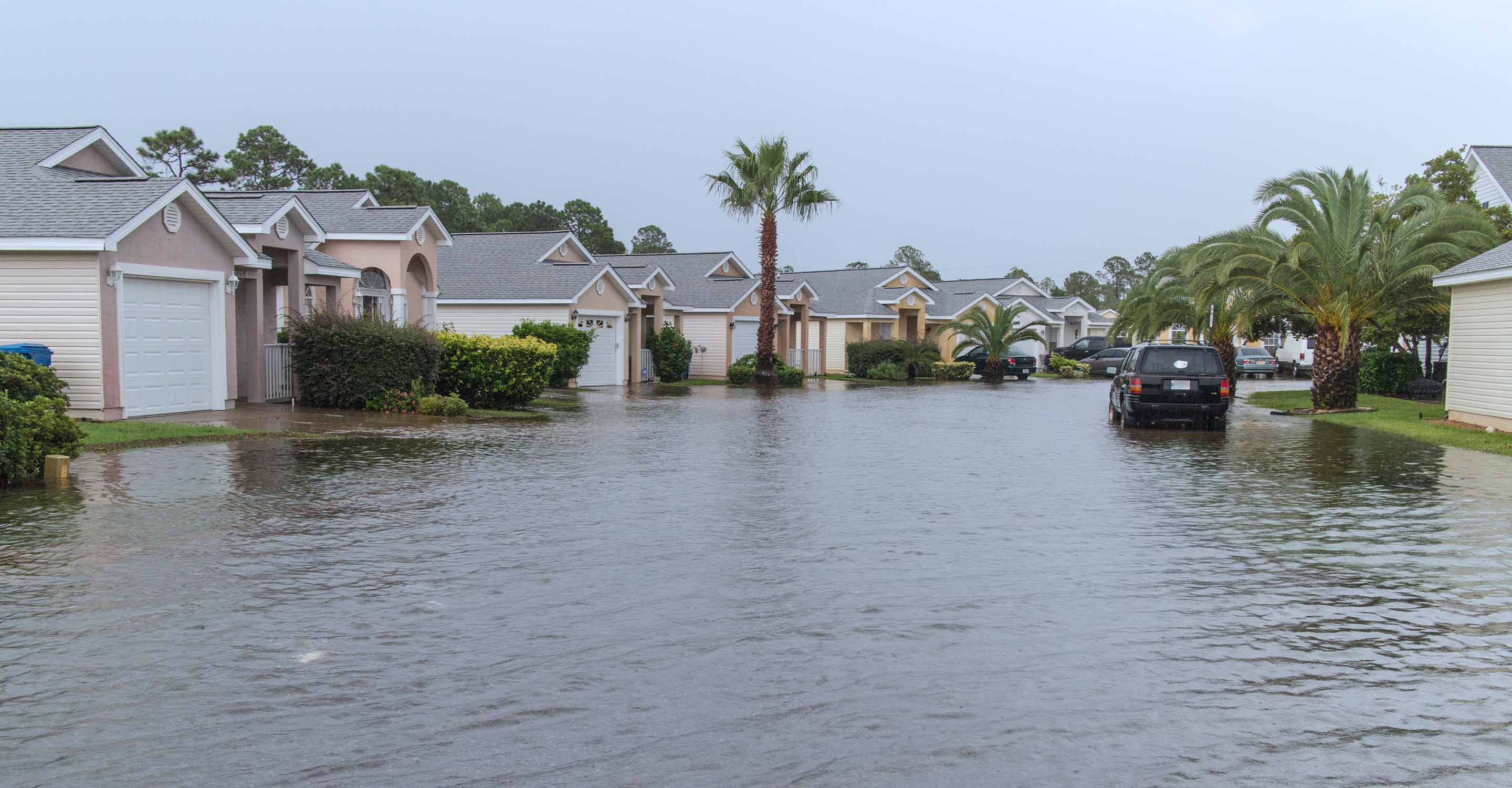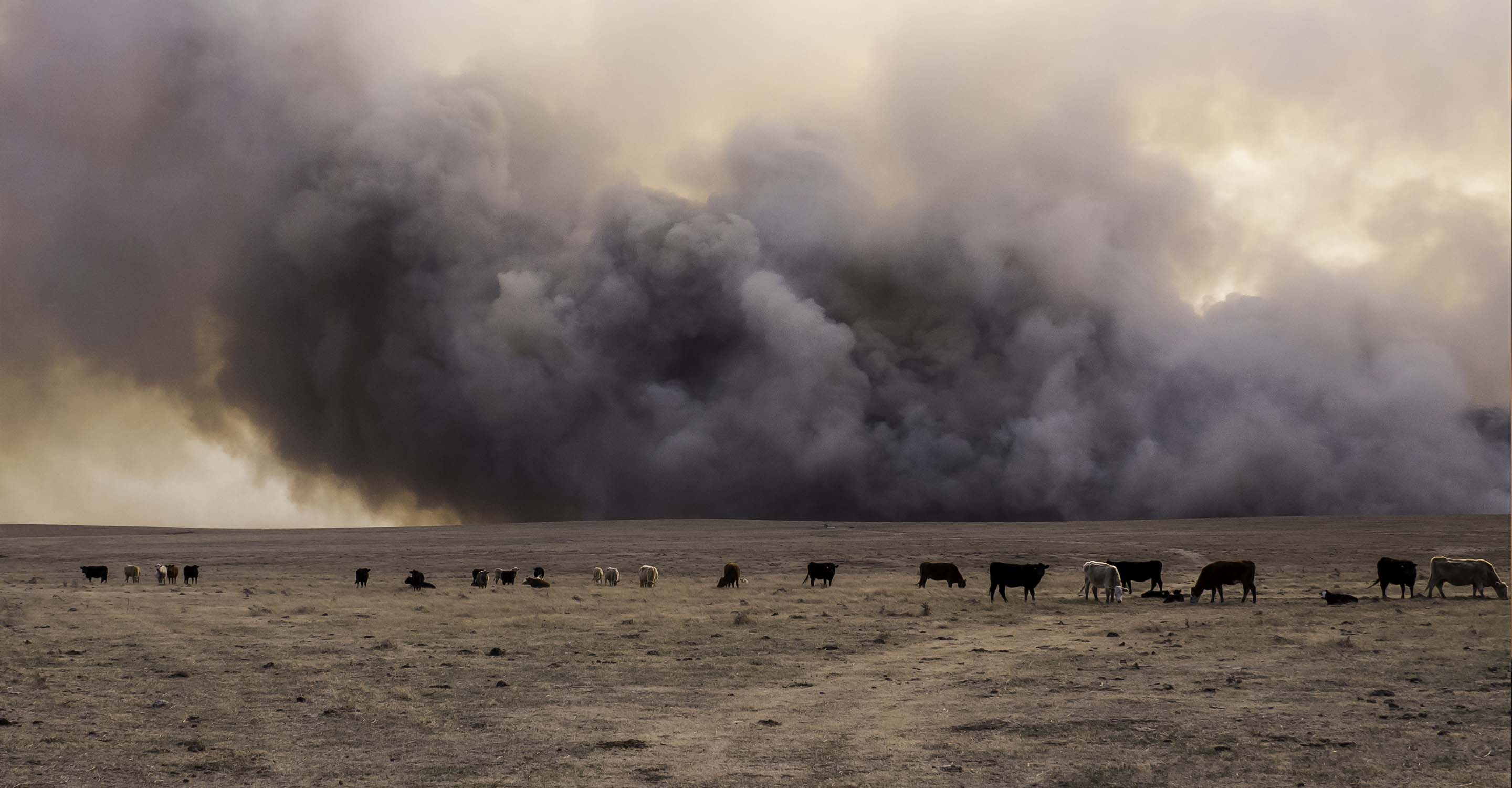Air quality in Shenzhen
Air quality index (AQI) and PM2.5 air pollution in Shenzhen
378.8K people follow this city

Shenzhen Air Quality Map
Real-time Shenzhen air pollution map
Weather
What is the current weather in Shenzhen?
| Weather | Scattered clouds |
| Temperature | 80.6°F |
| Humidity | 84% |
| Wind | 9.1 mp/h |
| Pressure | 29.8 Hg |
live aqi city ranking
Real-time China city ranking
| # | city | US AQI |
|---|---|---|
| 1 | Baoding Shi, Hebei | 160 |
| 2 | Dingzhou, Hebei | 160 |
| 3 | Harbin, Heilongjiang | 160 |
| 4 | Wenshan, Yunnan | 160 |
| 5 | Shizuishan, Ningxia | 158 |
| 6 | Zibo, Shandong | 158 |
| 7 | Dehong, Yunnan | 157 |
| 8 | Tianchang, Hebei | 157 |
| 9 | Fangshan, Beijing | 155 |
| 10 | Binzhou, Shandong | 154 |
(local time)
SEE WORLD AQI RANKING3D animated air pollution map

live Shenzhen aqi ranking
Real-time Shenzhen air quality ranking
| # | station | US AQI |
|---|---|---|
| 1 | Meisha | 65 |
| 2 | Nan'ao | 63 |
| 3 | Nanhai Substation | 63 |
| 4 | Honghu | 61 |
| 5 | Tongxinling Substation | 61 |
| 6 | lotus | 59 |
| 7 | Kuiyong | 57 |
| 8 | Rule of the people | 53 |
| 9 | Longgang | 50 |
| 10 | Overseas Chinese Town | 50 |
(local time)
SEE WORLD AQI RANKINGUS AQI
57
live AQI index
Moderate
Overview
What is the current air quality in Shenzhen?
| Air pollution level | Air quality index | Main pollutant |
|---|---|---|
| Moderate | 57 US AQI | PM2.5 |
| Pollutants | Concentration | |
|---|---|---|
| PM2.5 | 15µg/m³ | |
| PM10 | 26µg/m³ | |
| O3 | 33µg/m³ | |
| NO2 | 17µg/m³ | |
| SO2 | 5µg/m³ | |
| CO | 500µg/m³ | |
PM2.5
x3
PM2.5 concentration in Shenzhen is currently 3 times the WHO annual air quality guideline value
Health Recommendations
What is the current air quality in Shenzhen?
| Sensitive groups should reduce outdoor exercise | |
| Close your windows to avoid dirty outdoor air GET A MONITOR | |
| Sensitive groups should wear a mask outdoors GET A MASK | |
| Sensitive groups should run an air purifier GET AN AIR PURIFIER |
Forecast
Shenzhen air quality index (AQI) forecast
| Day | Pollution level | Weather | Temperature | Wind |
|---|---|---|---|---|
| Monday, Apr 15 | Moderate 73 AQI US | 82.4° 77° | ||
| Tuesday, Apr 16 | Moderate 53 AQI US | 82.4° 75.2° | ||
| Wednesday, Apr 17 | Moderate 55 AQI US | 84.2° 77° | ||
| Today | Moderate 57 AQI US | 84.2° 77° | ||
| Friday, Apr 19 | Moderate 60 AQI US | 84.2° 77° | ||
| Saturday, Apr 20 | Moderate 51 AQI US | 82.4° 75.2° | ||
| Sunday, Apr 21 | Moderate 53 AQI US | 82.4° 77° | ||
| Monday, Apr 22 | Moderate 55 AQI US | 78.8° 73.4° | ||
| Tuesday, Apr 23 | Moderate 66 AQI US | 78.8° 71.6° | ||
| Wednesday, Apr 24 | Moderate 91 AQI US | 78.8° 75.2° |
Interested in hourly forecast? Get the app
AIR QUALITY ANALYSIS AND STATISTICS FOR Shenzhen
What is the air quality index of Shenzhen?
Shenzhen is a very large sub-provincial city situated on the east bank of the Pearl River in southern China. It is part of the Pearl River Delta megapolis with Hong Kong being its southern neighbour. In 2017 the estimated population was almost 13 million, but it was thought to be nearer 20 million when transient people were taken into account.
Towards the end of 2020, Shenzhen was experiencing a “Moderate” level of air quality with a US AQI figure of 61. The concentration of the other recorded airborne pollutants were as follows : - PM2.5 was 18 µg/m³, PM10 - 54 µg/m³, ozone (O3) - 64.5 µg/m³, nitrogen dioxide (CO2) - 24 µg/m³, sulphur dioxide (SO2) - 24 µg/m³ and carbon monoxide (CO) - 24 µg/m³.
In 2019, the average annual recording was 23.4 µg/m³, which again, classes it as “Moderate”. This is based on the recommended figures supplied by the World Health Organisation (WHO). During the month of June, Shenzhen achieved the WHO target figure of 10 µg/m³ or less. For November, December and January the figures were “Unhealthy for sensitive groups” with figures ranging from 35.5 to 55.4 µg/m³. For the remaining 8 months of the year, the figure was classified as “Moderate” with figures between 12.1 and 35.4 µg/m³.
What are the main sources of Shenzhen’s polluted air?
The engineering industry is a major source of pollution in Shenzhen. Emissions include black carbon (BC), sulphur oxides (SOx), nitrogen oxides (NOx), carbon monoxide (CO) and carbon dioxide (CO2) organic compounds, halides, other VOCs. Some of them are smoke and dust, and some are gases.
Domestic stoves and heating boilers often consume a large amount of coal, especially the older inefficient ones. During the combustion process, coal releases a large amount of dust, sulphur dioxide (SO2), carbon monoxide (CO) and other harmful substances to pollute the atmosphere. Especially when heating in winter, the polluted areas are often filled with smog, making people cough, which is also a source of pollution that cannot be ignored.
Automobiles, trucks, trains, aeroplanes and ships are the main means of transportation in modern times, and the waste gas produced by burning coal or oil is also a major pollutant. In particular, the number of cars in cities is large and the pollutants emitted can directly attack human respiratory organs, causing serious air pollution.
Is air pollution in Shenzhen getting better or worse?
Recently, the quality of air in Shenzhen has worsened significantly, and the days of haze have continued, causing much public concern. It was said that due to adverse weather conditions, Shenzhen experienced mild air pollution for several days, and the primary pollutant was found to be ozone (O3). In order to alleviate air pollution, Shenzhen has launched comprehensive measures in order to try and redress the situation.
According to reports, the recent decline in the air quality is due to the impact of two successive typhoons. The temperature near the ground in Shenzhen is mainly high with a stable and weak northerly wind making the conditions for the diffusion of atmospheric pollutants very poor, and this is conducive to the occurrence of atmospheric photochemical reactions especially with ozone. Under the influence of unfavourable weather conditions, the city's air quality has deteriorated significantly since August 27, with pollution lasting for several days. According to recorded data, since 27th August, Shenzhen’s AQI (air quality index) value has exceeded 100 for 4 days, which are 108 (28th August), 139 (29th August), 126 (1st September) and 138 (2nd September), where all days were classed as being polluted.
What can be done to improve the air quality in Shenzhen?
When looking at ways of reducing pollution for industrial enterprises, 990 key businesses involving VOCs have been inspected, and 7 of them have been further investigated and suggestions made. They have been urged to strengthen the control of unorganised emissions to ensure compliance with the stated standards. At the same time, other key enterprises that use VOCs solvents such as packaging and printing, surface coating, furniture manufacturing, and plastic products were asked to change their working patterns to a shift system.
In terms of emission reduction measures for mobile sources, mobile monitoring units are carrying out spot checks on random vehicles’ exhaust systems and severely deal with the owners of such vehicles exceeding the standard. At the same time, checks are being carried out on non-road mobile machinery and to implement the low-emission zone policy, as required.119 construction sites were inspected in the low-emission zone, and 14 non-road pieces of machinery were found to be below the recommended levels and arrangements made to have them removed. 192 gas stations were inspected and the quality of fuel on sale was checked. Port authorities were reminded to make all ships in port use shore power and not continue running their engines to generate power.
In order to reduce the dust emissions within the city, inspections of construction sites, material terminals and storage yards were increased, and 182 construction sites were ordered to rectify problems and one storage yard was temporarily closed. At the same time, the frequency of road cleaning was to be increased.
What are the effects on health through breathing in Shenzhen’s polluted air?
Particulate Matter is a complex mixture that may contain soot, smoke, metals, nitrates, sulphates, dust, water, tyre rubber and dust given off by the braking system of vehicles. It can be directly emitted, as in smoke from a fire, or it can form in the atmosphere from reactions of gases such as nitrogen oxide (NO).
PM2.5 are possibly the worst pollutant as they have the ability to bypass the body’s defence system and enter the lungs where they cause irreparable damage. Long-term exposure to polluted air leads to many types of medical problems. Increased respiratory symptoms, such as irritation of the airways, coughing, wheezing or difficulty breathing can be a direct result of poor quality air. Chronic bronchitis or chronic obstructive lung disease (COPD) are much more prevalent in areas of polluted air. They can also be the number one cause of premature death for people with heart or lung disease. It is often associated with some types of cancer, too.
Shenzhen air quality data attribution
1 Data source






